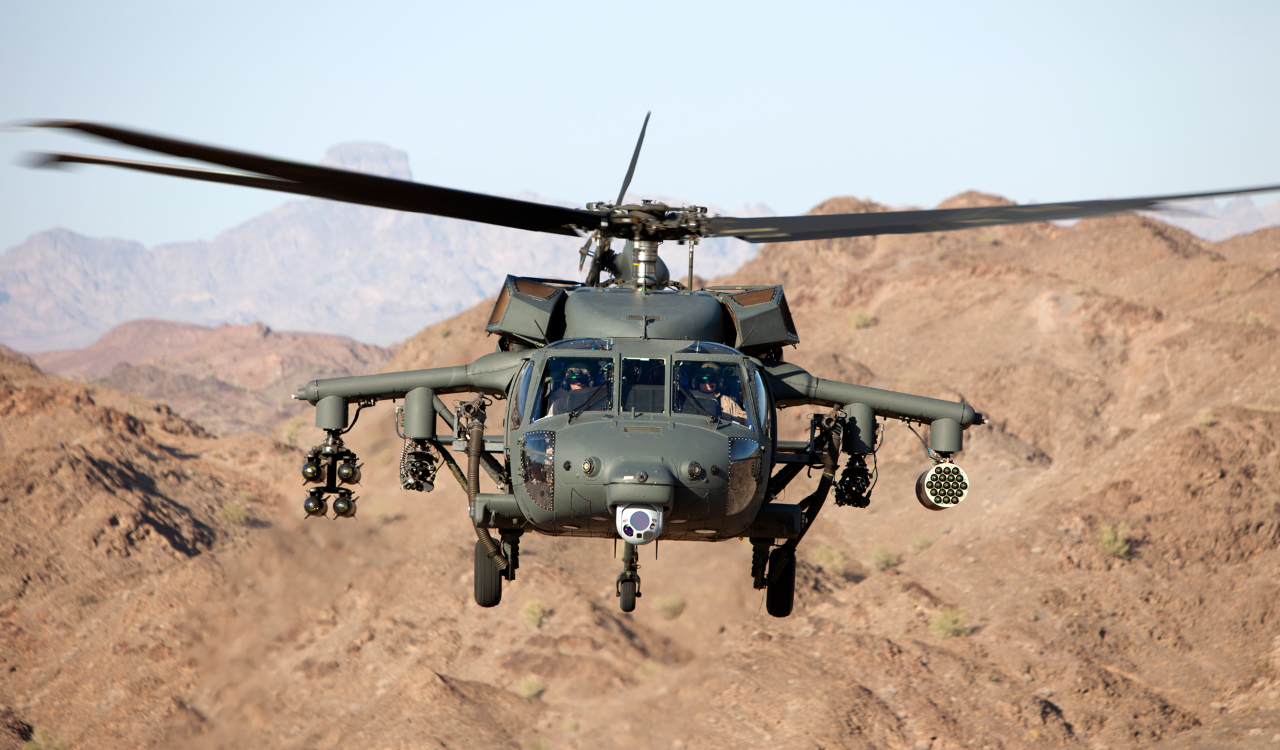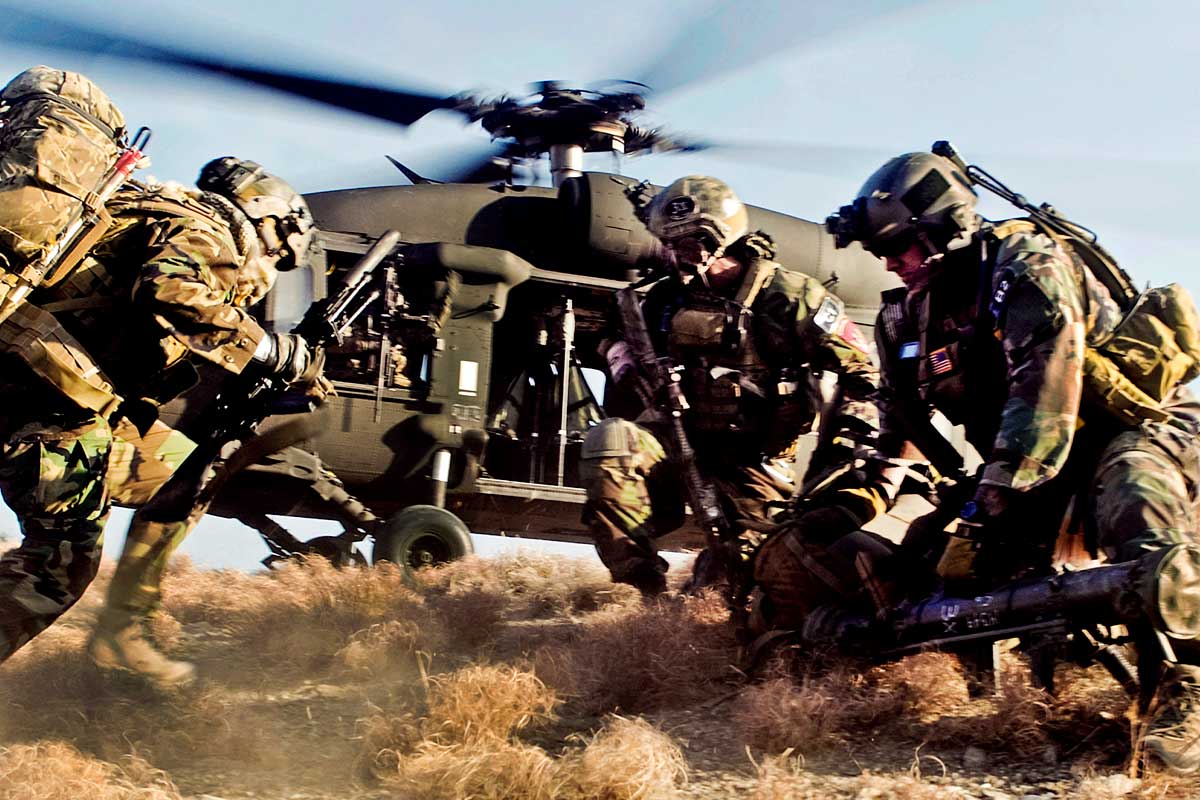The UH-60 Helicopter: Navigating Via Its History, Style, and Significant Role in Air Travel
The UH-60 helicopter, frequently referred to as the Black Hawk, stands as a testament to the innovations in aviation technology and its indisputable influence on both army and civilian operations. From its modest starts to its current status as an icon of reliability and adaptability, the advancement of the UH-60 has been noted by constant innovation and adjustment to satisfy the progressing needs of the aviation industry. As we look into its background, style intricacies, and the important role it plays in various sectors, a deeper appreciation for this legendary helicopter arises, clarifying the considerable payments it has made to the realm of air travel.
Evolution of the UH-60 Helicopter

The development of the UH-60 helicopter can be traced back to the requirement for a functional and reliable energy aircraft that can meet the demanding demands of contemporary army operations. Created by Sikorsky Airplane, the UH-60 Black Hawk first flew in 1974, with the U.S. Army becoming its primary operator. For many years, the UH-60 has undertaken numerous upgrades and versions to enhance its abilities and efficiency.

Style Advancements and Attributes

Moreover, the UH-60 includes an innovative avionics suite that consists of advanced navigating systems, interaction tools, and digital screens. These technical advancements enhance situational awareness for the crew, boosting general goal performance and security. The helicopter's large cabin style promotes fast and very easy loading and discharging of troops, tools, and casualties, making it a versatile property for armed forces procedures and catastrophe alleviation efforts.
In addition, the incorporation of composite materials in key structural elements decreases weight while keeping durability, enhancing the UH-60's efficiency and fuel effectiveness. The UH-60 helicopter's cutting-edge layout elements collectively contribute to its reputation as a highly capable and trusted airplane in both army and civilian aeronautics fields.
Army and Civilian Applications
With functional capacities suited for a variety of functional requirements, the UH-60 helicopter serves both military and noncombatant industries successfully (uh-60). In army applications, the UH-60, typically called the Black Hawk, plays an essential role in army transport, clinical emptying, combat assistance, and search and rescue goals. Its agility, rate, and capacity to operate in various environments make it a valuable asset for armed forces procedures worldwide. The UH-60's sophisticated avionics, protective systems, and versatility have solidified its setting as a foundation of army helicopter fleets.
Furthermore, the UH-60's versatility for VIP transport and overseas operations further highlight its importance in private applications. Whether in noncombatant or armed forces usage, the UH-60 helicopter proceeds to verify its worth as a functional and check that indispensable aerial system.
Impact on Aviation Procedures
Having developed its value in army and civilian applications, the UH-60 helicopter's influence on aviation procedures expands beyond its functional capacities to affect a broad range of aerial missions. In army settings, the UH-60 plays a critical role in army transportation, search and rescue procedures, medical evacuation, and special operations support. Its capability to promptly navigate varied surfaces and damaging weather makes it a valuable asset in making certain objective success and workers safety. The UH-60's versatility enables for rapid deployment and removal of soldiers in battle Your Domain Name areas, improving functional efficiency and agility.
In addition, the UH-60's dependability and endurance make it a recommended option for utility objectives, consisting of transportation of cargo and employees to remote locations. Overall, the UH-60 helicopter considerably affects air travel procedures by offering unrivaled abilities and support throughout a wide spectrum of goals.
Future Advancements and Prospects
The evolution of the UH-60 helicopter is hop over to here positioned to reinvent aeronautics abilities and reshape functional paradigms in the coming years. Innovations in modern technology and style are driving the advancement of next-generation UH-60 variants that guarantee raised goal, speed, and dexterity convenience.
In addition, there is an expanding focus on sustainability and fuel efficiency in the design of future UH-60 helicopters (uh-60). Suppliers are exploring new materials, propulsion systems, and aerodynamic enhancements to lower ecological impact and operating prices. These innovations not just profit the setting however also add to the long-lasting feasibility and competition of the UH-60 in the quickly developing air travel sector
Conclusion

The UH-60 helicopter, commonly referred to as the Black Hawk, stands as a testimony to the innovations in air travel modern technology and its undeniable impact on both civilian and army procedures.Having actually developed its significance in noncombatant and armed forces applications, the UH-60 helicopter's impact on aviation operations extends past its flexible abilities to affect a large range of aerial goals. In general, the UH-60 helicopter considerably influences aeronautics operations by supplying unrivaled capabilities and assistance across a broad spectrum of objectives.
The evolution of the UH-60 helicopter is poised to revolutionize aviation capacities and improve functional paradigms in the coming years. As modern technology proceeds to advancement, the future developments and prospects for the UH-60 helicopter stay encouraging, ensuring its ongoing relevance in the area of aviation.